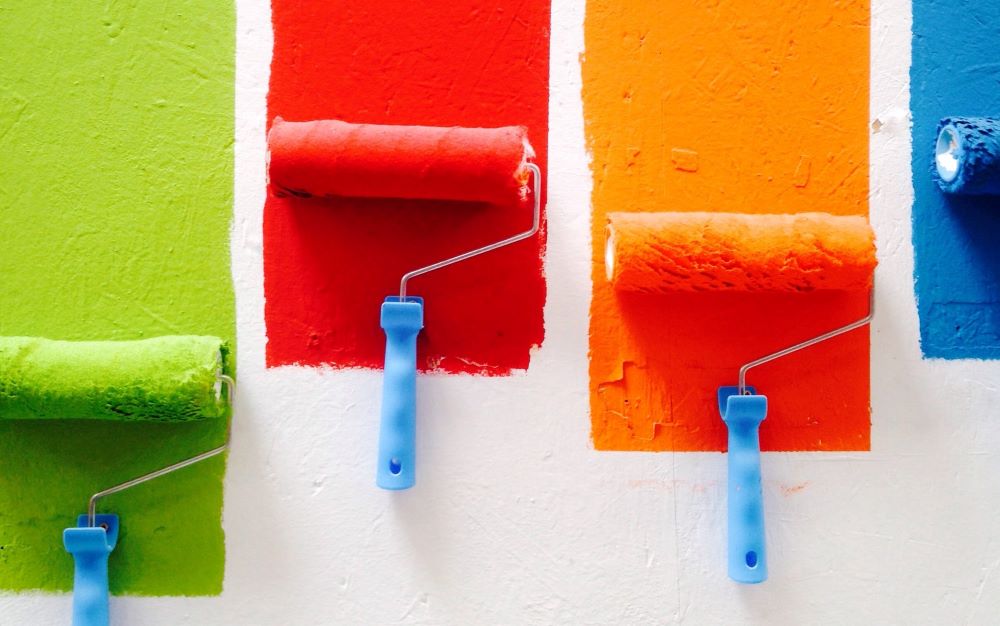If grey isn’t your color, there are many ways you can spice up the looks of your precast concrete wall. The easiest and longest-lasting way is by adding pigment to the concrete as it’s being cast.
But what happens if you get tired of the permanent color and want a change? Repainting your precast walls is a great way to change up the look of your precast concrete walls.
Here’s how to do it…
Step 1 – Pick Out Your Paint
Once you decide to paint your precast concrete wall, you will then need to find a paint that will work on the concrete material. You will want to use paint that is resistant to moisture and UV rays. For outdoor walls, either outdoor specific paints or an oil-based paint works well. If the wall is indoors, you will just need an interior acrylic paint.
Step 2 – Clean and Fix
Before you begin to paint, you need to prep your wall. Your wall should be clean and free of damage. Painting a wall that is damaged will make the damage more apparent and threaten the integrity of the paint job in the future. You could be repainting not long after painting the first time.
The best way to clean your precast concrete wall is to hose it down with a pressure washer, or, if it’s an indoor wall, scrub it with soap and water. Do a complete inspection of the whole wall to find any damage or cracks. Patch any damage with a concrete patch kit.
Step 3 – Check the Wall is Sealed
Your concrete wall needs to be sealed from moisture before painting. If it isn’t sealed, simply apply a coat of concrete sealer. After letting it dry overnight, you will be good to start painting the next day.
Unsure if your wall is sealed? Here is an easy way to check. Cover the wall with plastic sheets and fasten it down as tight as it can go. Leave the plastic for at least 24 hours. If, after 24 hours, you see moisture on the inside of the plastic, the wall is unsealed.
The sealant keeps moisture from going into the concrete, which is where the moisture comes from that you see on the inside of the plastic during the sealant test. Even if you aren’t planning on painting, it’s still a great idea to make sure your concrete wall is sealed. Unsealed concrete is more likely to develop damage from moisture and freeze/thaw cycles.
Step 4 – Prime, Paint, and Seal
The actual painting process is like any other painting job. First, apply a layer of primer with a brush or roller. After 24 hours of dry time, apply coats of paint until you like how it looks. If you are using oil-based outdoor paints, it’s best to wait a full 24 hours in between each coat, and you should apply at least three layers of paint for the best coverage. After letting the paint dry for another 24 hours, you will need to apply a concrete paint sealer to improve the longevity of your paint job.
As you might have guessed, the sealing process is important. It needs to be done properly, so the moisture isn’t trapped inside the concrete. You want to make sure you pick a time for this process when it’s not too cold or too wet. If it’s too cold – below 60° Fahrenheit – the sealant could coagulate and freeze. Your wall needs plenty of time to dry out before and after the process, so check the forecast to find a day with dry, sunny conditions.
American Precast Concrete, Inc. is known for creating precast concrete walls and fences that are not only durable. but beautiful too, but if you find yourself wanting a change, a simple paint job on your wall can create a fresh new look.







